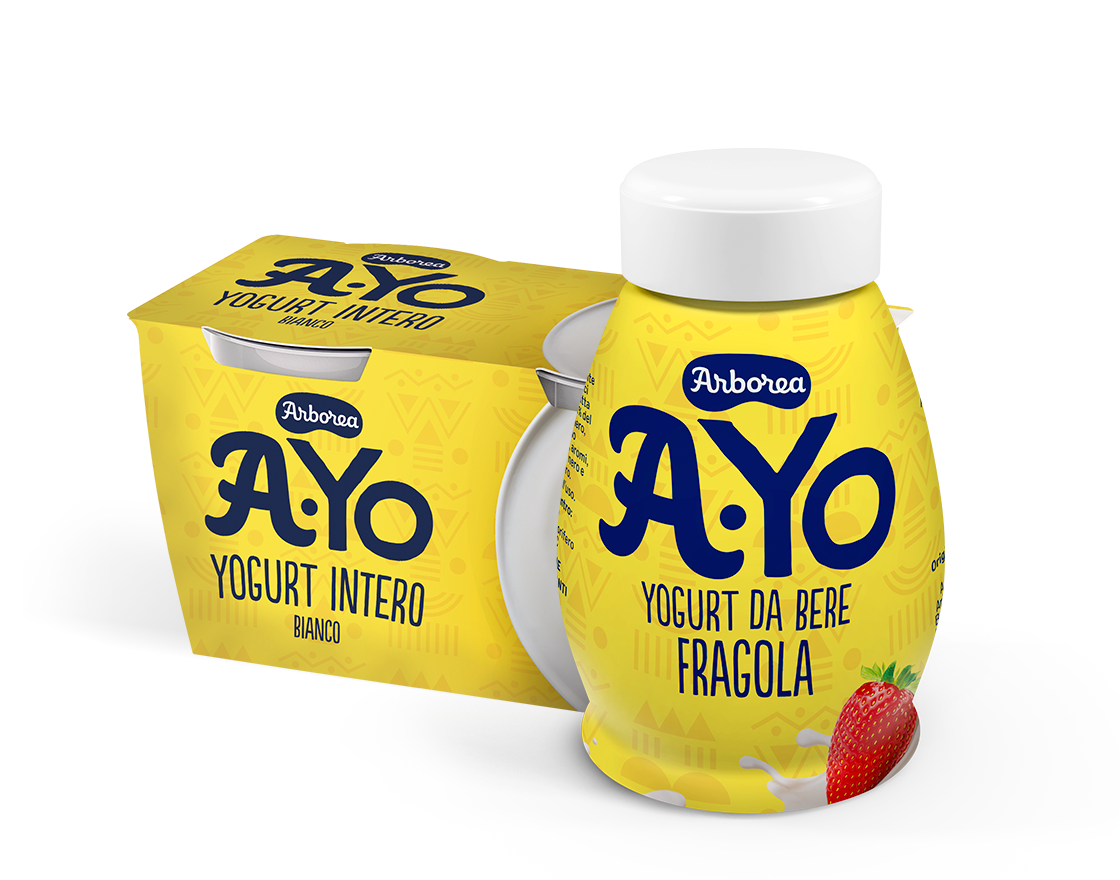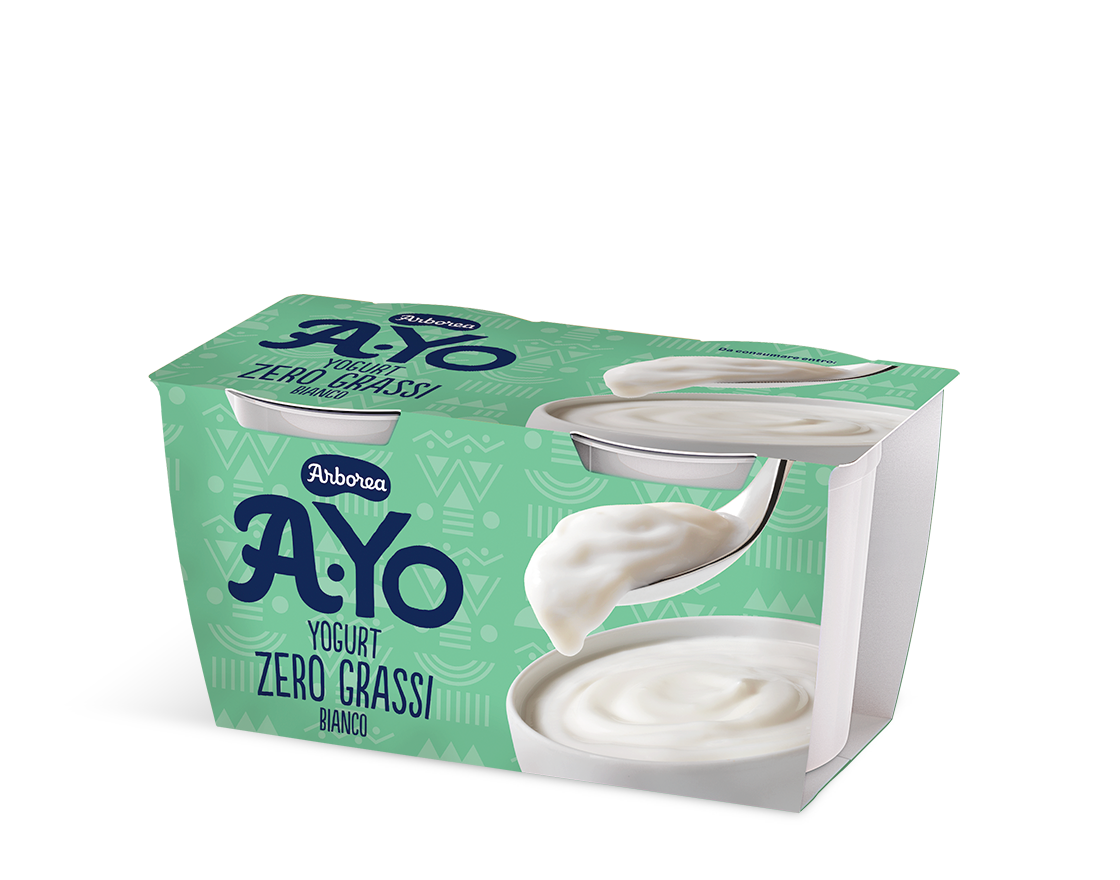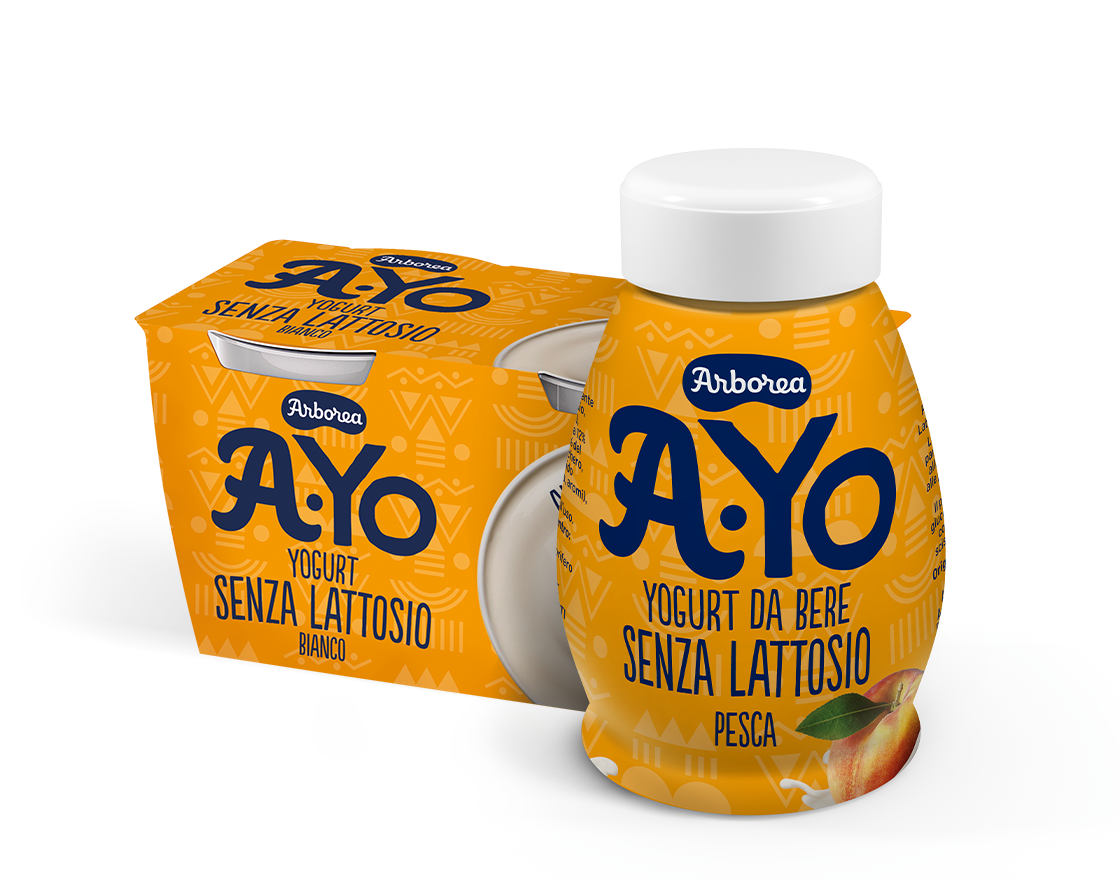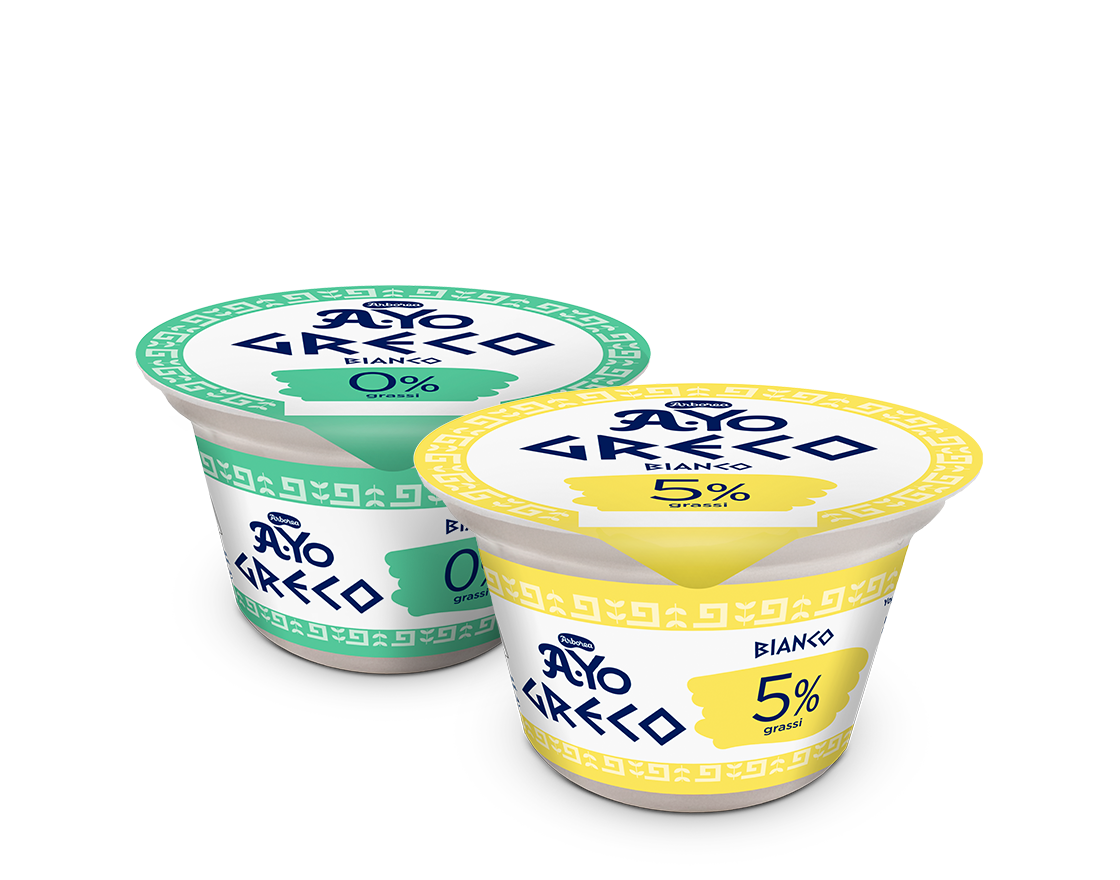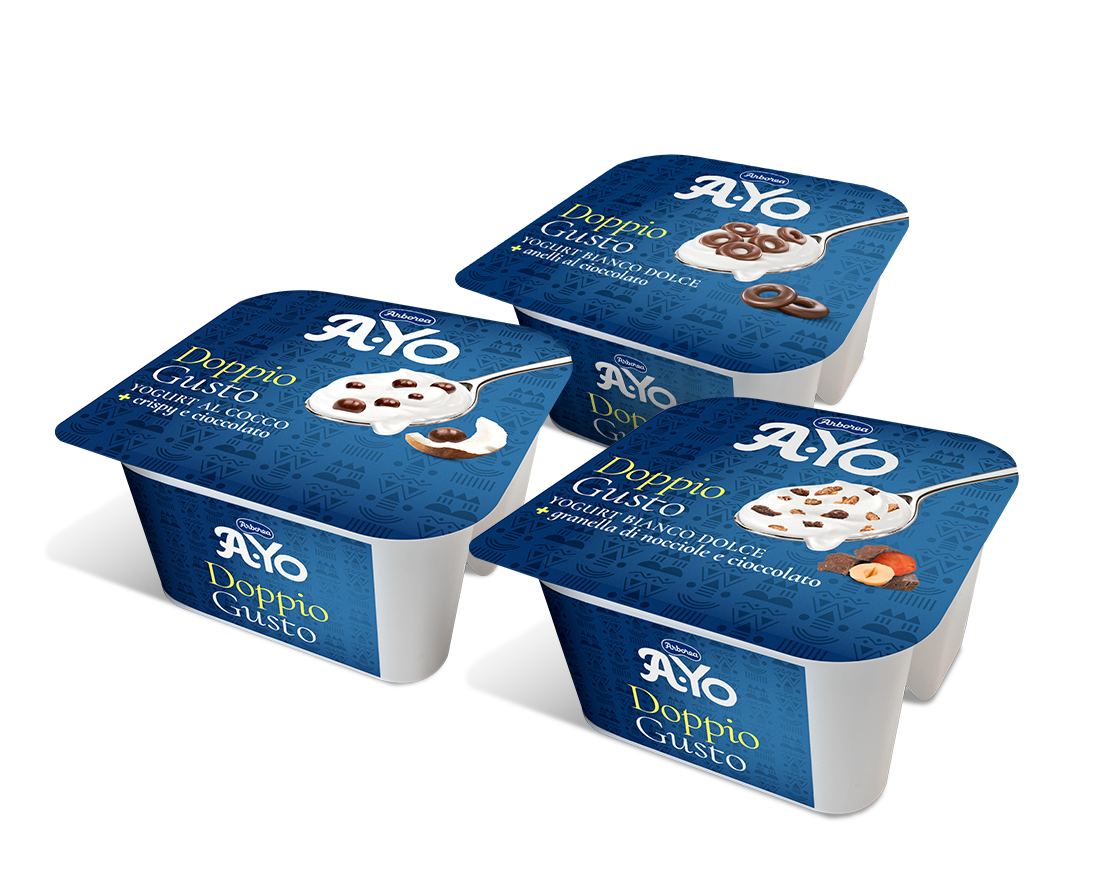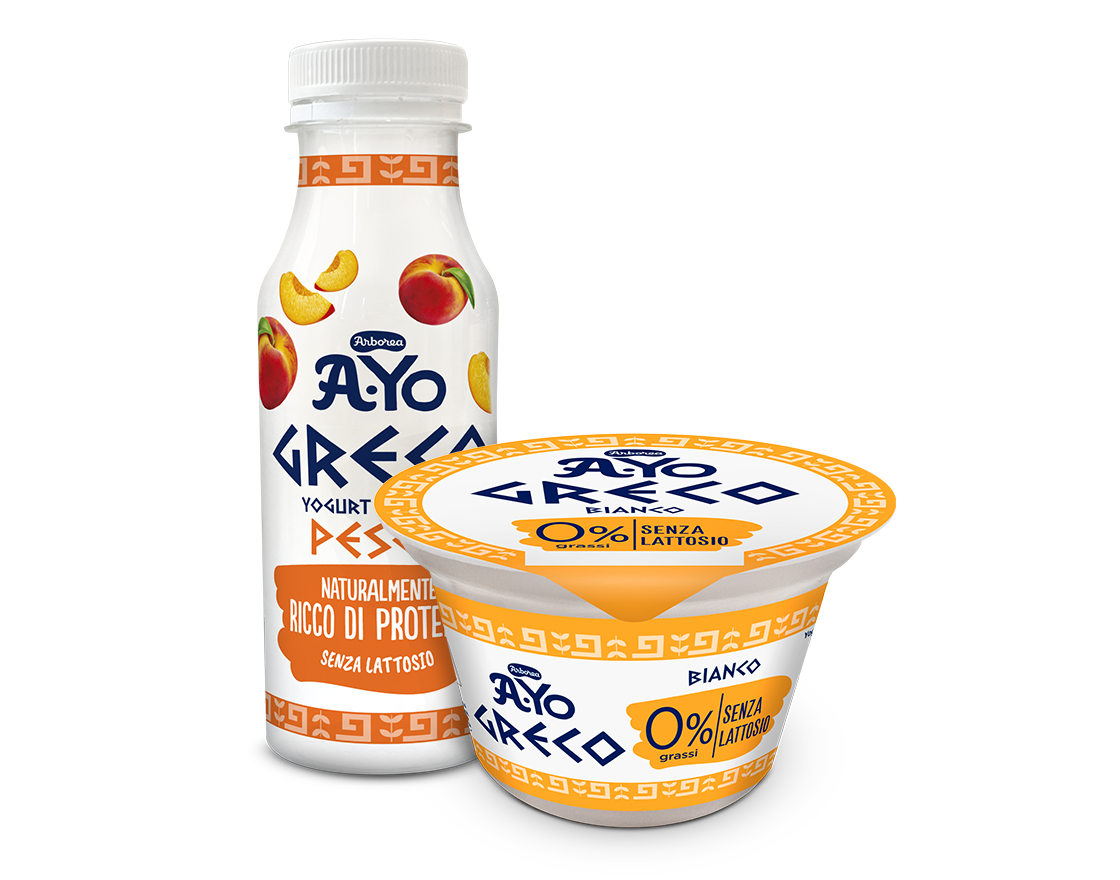
reading: 8 min
What are the benefits of yogurt ferments?
What are lactic ferments and where are they found?
The term “lactic acid bacteria” commonly refers to specific bacterial strains involved in milk fermentation and capable of metabolizing lactose . Some of these microorganisms are capable of carrying out transformation processes beneficial to humans and are therefore called probiotic lactic acid bacteria . The term probiotic, in fact, derives from “pro bios,” which means “for life.” The best lactic acid bacteria for our health are those that produce predominantly lactic acid. These microorganisms are of human origin, therefore safe for humans, resistant to low pH values, and able to adhere and proliferate easily on the surface of intestinal cells.
But what are these bacteria? The most important probiotic lactic acid bacteria are strains of Lactobacilli, Bifidobacteria, and some Streptococcus. If these names seem confusing, don’t worry: not only are these microorganisms present in a large number of everyday foods and are (or should be!) a regular part of our diet , but these bacteria are also present in large quantities in our intestines. The human intestine is home to what science calls the microbiota , the billions of microorganisms that live in our body’s digestive system and help regulate many essential functions . It is estimated that over 4 million different species of bacteria coexist within the microbiota!
Lactic acid bacteria, as mentioned, are also present in various foods and can therefore be supplemented in cases of imbalances. Yogurt is undoubtedly the richest source of probiotic lactic acid bacteria, followed by other dairy products such as fermented cheeses (Gorgonzola, Roquefort, Apulian ricotta) and buttermilk. They are also found in many types of fermented foods , such as sauerkraut, miso, and tempeh.


Lactic ferments in yogurt: what are they for?
Lactic acid bacteria play a key role in the body’s health as they perform numerous beneficial activities, many of which affect the digestive system (stomach and intestines). Let’s look at these benefits in detail.

Live cultures strengthen the intestinal flora , a true barrier against pathogenic bacteria. They compete with them by using the same substrates for reproduction, and inhibit them by producing antibiotic-like substances through their metabolism, which limit their growth. A stronger flora also helps strengthen the immune system by producing substances such as vitamins and nutritional factors with beneficial effects for the entire body.

Lactic acid bacteria can restore balance to an unbalanced bacterial flora, for example after taking antibiotics. They promote bowel regularity , have therapeutic effects on bloating, diarrhea, and constipation, can alleviate symptoms caused by inflammatory bowel diseases, and prevent colorectal cancer.

Lactic acid bacteria can also be used to treat various genital disorders and irritations . Lactobacillus bulgaricus is particularly useful for urinary tract infections, while Lactobacillus acidophilus combats candidiasis and vaginitis.
How do probiotics in yogurt work?
Probiotics are so-called live lactic acid bacteria ; as we’ve already seen, they are those with the greatest health benefits . For this to happen, they must reach the intestine alive and thus pass through the barrier of gastric juices and bile secretions unharmed. Although these bacteria are highly resistant to low pH values, a significant number of them will be degraded during passage through the stomach, especially if we consume them on a full stomach, when gastric juices are secreted in large quantities. The key to limiting this phenomenon is to consume foods containing them, such as yogurt, early in the morning on an empty stomach, when gastric acid production is minimal. Furthermore, it’s very important that the lactic acid bacteria are alive, so we consume yogurt that’s very fresh and fresh from the refrigerator. This will allow them to reach the intestine in sufficient numbers to multiply and perform their beneficial action.
It is generally accepted by science that probiotics can have a positive impact on people who are lactose intolerant. In fact, lactose intolerant individuals should take lactic acid bacteria at a concentration of between 300 and 700 million bacteria per day. This intolerance is caused by a deficiency of lactase , the enzyme responsible for breaking down lactose into its two simple sugars, glucose and galactose . This deficiency can be physiological, in people who are naturally intolerant, or pathological, caused temporarily by certain diseases. Probiotics can improve lactose digestion ; for this reason, many intolerant individuals can more easily digest the lactose contained in yogurt and other fermented dairy products than that contained in milk.
Probiotics can be consumed through food, by introducing yogurt and other sources of lactic acid bacteria into your daily diet , or even in the form of dietary supplements . In this case, it is always advisable to consult an expert, such as a doctor or pharmacist. In any case, for the probiotic effect to be effective, it is very important to follow the intake instructions described above (on an empty stomach) and that the source of lactic acid bacteria contains a large amount of them in a viable form.

How many lactic ferments should you take with yogurt?
The terms probiotics and prebiotics are often confused, but there’s actually a big difference : let’s look at it right away. As we’ve said, probiotics are live lactic acid bacteria, or bacteria beneficial to our health. Prebiotics, on the other hand, are nutrients, generally water-soluble fiber and carbohydrates , which probiotics feed on. Prebiotics therefore provide sustenance for probiotics and enable their proliferation. For this reason, it’s important that our diets contain these types of substances, sourced from plants and starchy foods.
Want to know how many lactic acid bacteria are in a tub of yogurt ? This short guide will tell you the recommended amounts for adults and children.
Lactobacillus bulgaricus and Streptococcus thermophilus are the typical yogurt starter cultures. They transform milk into plain yogurt through a fermentation process , which can then be mixed with fruit or other delicious ingredients .
Yogurt contains a minimum of 10 million lactic acid bacteria per gram: an incredible amount, although not all of them survive digestion once ingested. Different types of yogurt have very different characteristics: full-fat Greek yogurt is higher in calories because it’s more concentrated, goat’s milk yogurt is more easily digestible, while sheep’s milk yogurt has a higher protein content. But what about the amount of lactic acid bacteria? Kefir deserves special mention, although it has a distinctive, intense flavor that isn’t to everyone’s taste.
For gut health, it’s recommended to consume one serving of yogurt a day, preferably on an empty stomach. Introducing it as a snack or a healthy breakfast is an excellent habit for maintaining healthy gut bacteria. Not only that, yogurt is also rich in calcium , phosphorus, protein, and vitamins. A true panacea!






